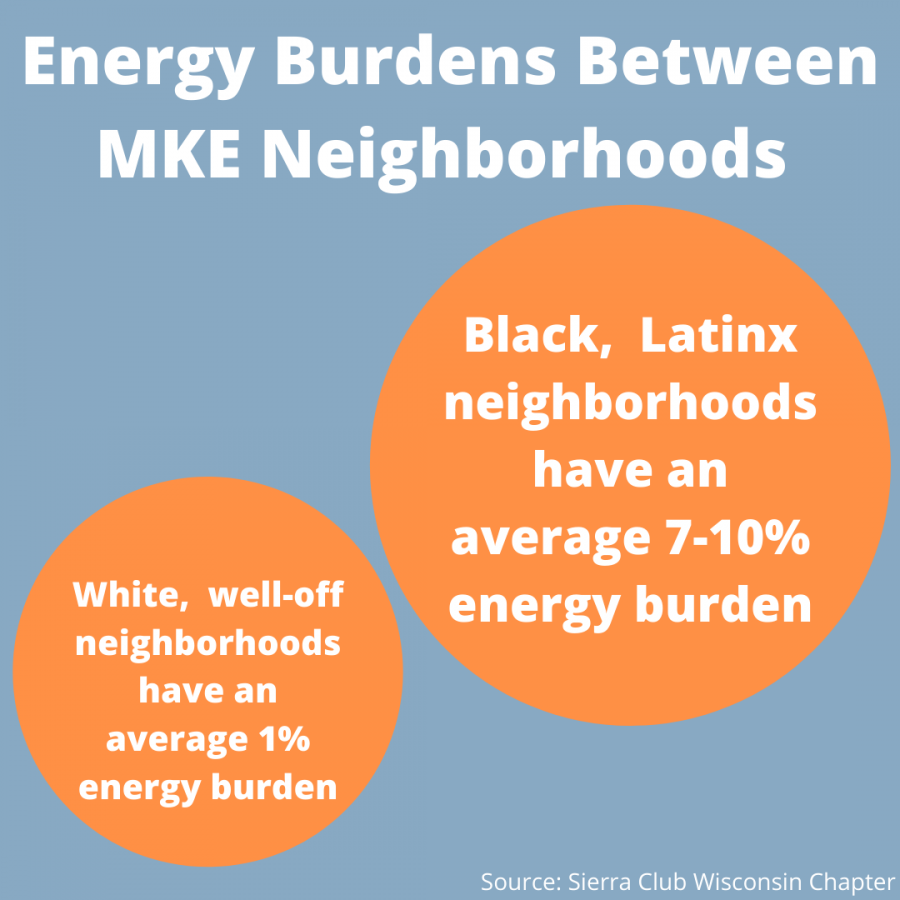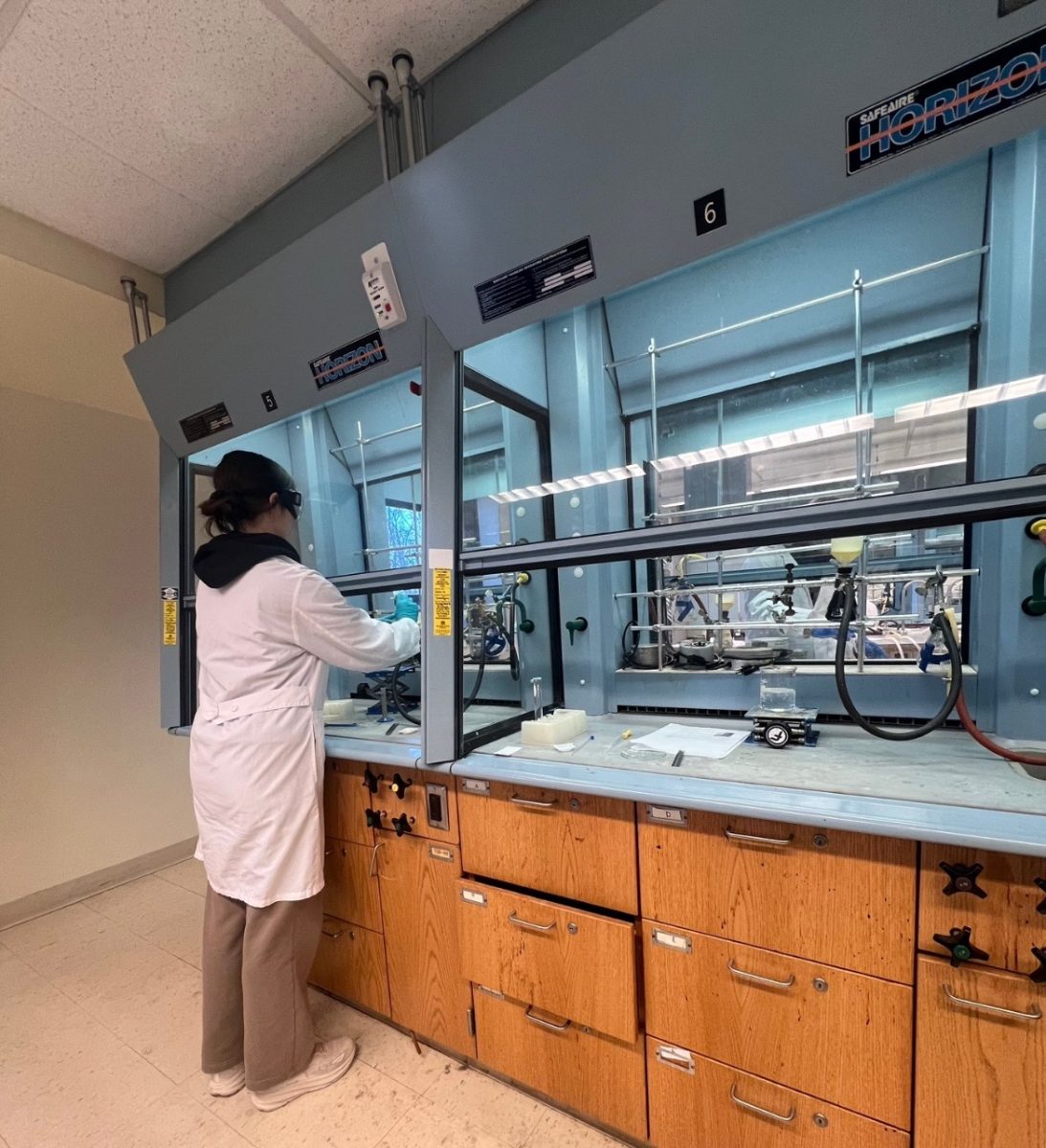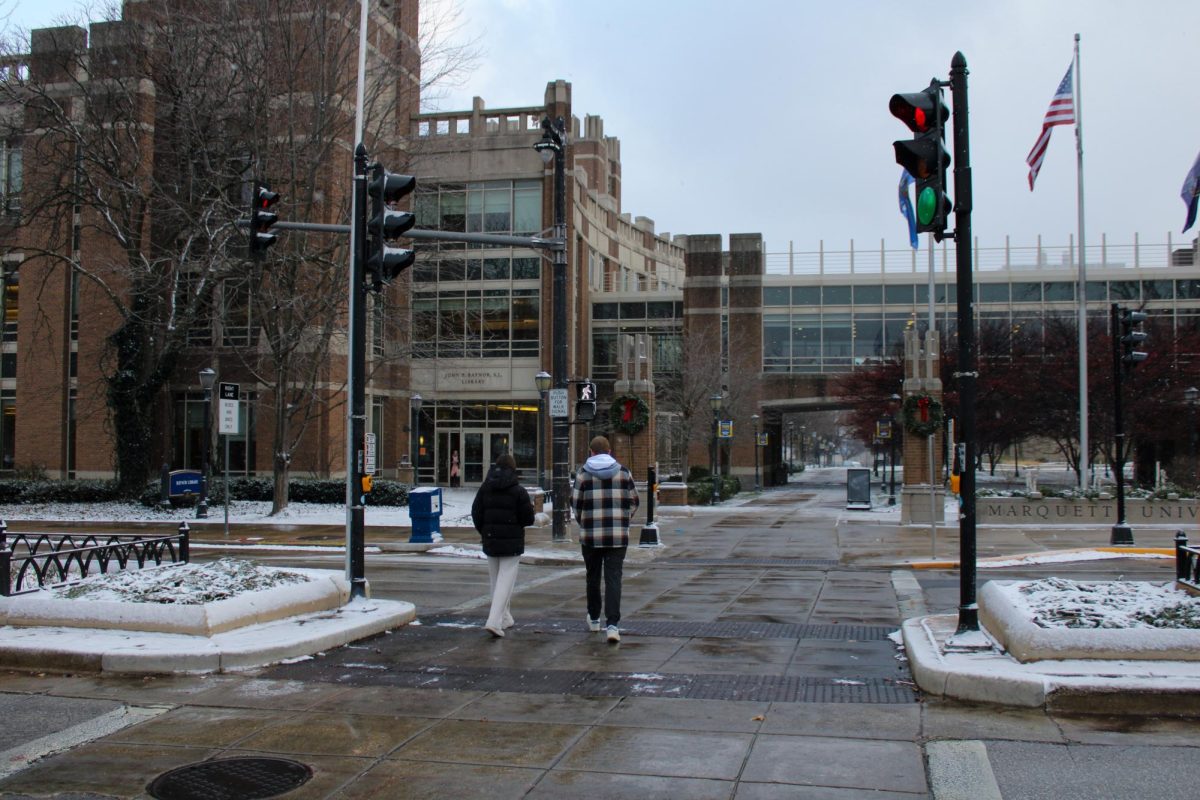The partnering of Marquette, University of Wisconsin-Milwaukee and Milwaukee School of Engineering with regional companies represents a dynamite bond in furthering Milwaukee’s economy and the nation’s use of energy.
Let’s hope Milwaukee continues pioneering the way with research and development into sustainability.
The partnered foundations and companies, like the Bradley Foundation, We Energies and Kohler, are also hugely benefiting from less expensive university research that could further companies and Milwaukee’s economic growth—We Energies could even base future products on the inventions resulting from the partnership. More companies should join in this effort.
The partnership could also put Milwaukee on the map as a leader in alternative energies, as well as attract more students to Marquette’s College of Engineering.
Coined the Southeastern Wisconsin Energy Technology Research Center (SWETRC), the formation is developing seven new projects that could produce new inventions, changing the way our nation harnesses energy.
Some of these include using alternative energies like algae, wind and methane obtained from waste materials.
Instrumental to the collaboration was College of Engineering Dean Stanley Jaskolski. He called Michael Lovell, UWM’s College of Engineering dean, as soon it was announced Lovell was hired for his position in 2008—before he had even moved to Milwaukee.
Throw in $200,000 in federal funding and $500,000 from regional companies and foundations, and the research facility is well under way.
We salute these three schools, and especially Stanley Jaskolski, for the monumental leaps made in ensuring a successful future for these engineering schools, as well as for Milwaukee’s economic future.
SWETRC utilizes each school’s expertise for the projects: Marquette is strong in measurements, materials, sensors and controls—as in, what makes your gas tank read empty; UWM is also strong in sensor capabilities and computer engineering; and MSOE is bringing strong architectural engineers.
The partnership just founded a project that took measurements of a 1913 building on the Milwaukee County Research Park that was once used as tuberculosis sanitarium.
The building needed to be rehabbed and the team took readings to determine how to make it more comfortable and energy efficient.
If funding continues to come in, this project could be applied to older buildings at Marquette.
These projects will help increase the range of research at the university, while increasing endowments and the prestige that these three universities will enjoy.
And as our nation decides how to best use energy, Marquette’s partnership with UWM, MSOE and regional companies is needed more than ever.





